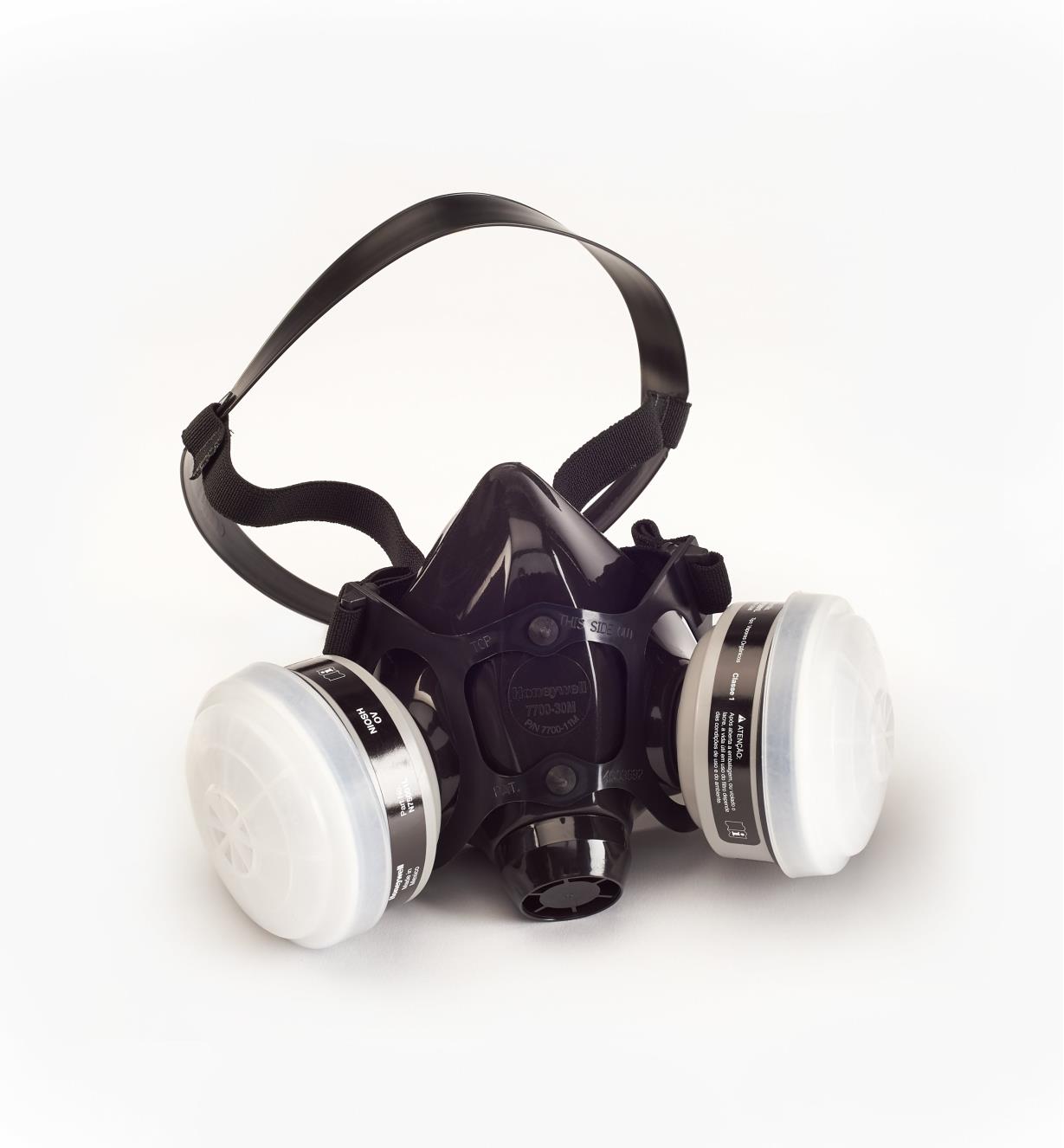
After staring at a fume hoods price Malaysia and realizing that you are only a few shy bucks away from purchasing one, you decided that maybe after your next paycheck, you can finally afford one. Meanwhile, you still need to protect yourself from fumes, infectious particles and other dangerous chemicals.
Even when you finally have a fume hood, you still need to protect your nose for good measure. What would that be?
Simple. You need a respirator. Gas masks.
Respirators are designed to protect half or your entire face, depending on their types. Not only will you have to buy based on the price you can afford, but you must also assess the risks involved in your lab, whether they are minimal or potentially high.
There are two classes for respirators: one for everyday use in your lab or any other places that have potential risks, and one more for emergencies in highly hazardous environments. In that case, full body protection is always a must.
Particulate respirators
The simplest, most affordable and least protective type. Particulate masks only protect you from particles and nothing more. They do not provide adequate protection for chemicals, gases or vapors, and are only intended for use when your lab is a low risk environment.
N-95 is the common type that you may already know or seen before. They are worn in hospitals to avoid infections. Particulate masks are also known as air purifying respirators because as you breathe, they clean out the air.
If you are inhaling a dangerous chemical or have breathing difficulties despite wearing the mask, leave the area immediately and get help. Particulate respirators cannot endure beyond the prescribed limit of the area’s concentration range.
Cartridge respirators
This respirator protects your whole face with a facepiece or mask and a filter, also known as a cartridge. If it is in a metal shell it is called a canister. The cartridge’s job is to filter harmful gases and particles, charcoal to remove certain chemicals and others. Air is pulled through the filter when you inhale.
It is important that cartridge respirators work when that certain type works against certain biological or chemical substances. It is also important to replace with new filters when yours is wearing out. Though there are filters that protect more than one hazard, nothing among them is an all-in-one that protects against every substance.
Therefore, you need to know what kind of dangerous chemicals, particles or fumes that your lab may face depending on your experiments, materials and equipment. Assess them and choose the right filters.
Powered air purifying respirators
Although they also use filters as cartridge respirators do, this type comes with an additional arsenal: fans. Through a battery powered operator, the respirator receives air through its filters that are blown through by the fan. Entry of harmful gasses are restricted as positive air pressure facilitates outward flow of air from the respirator.
Of course, the battery must not be empty to keep the fan working. Same as cartridge gas masks, you need to choose the right filters based on the hazard types and risk levels that your lab may face.









